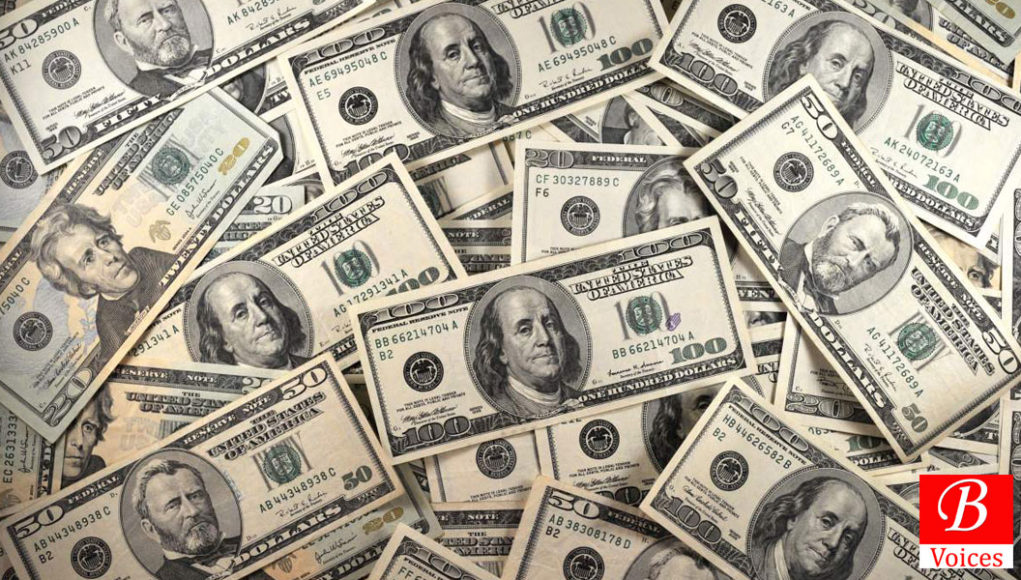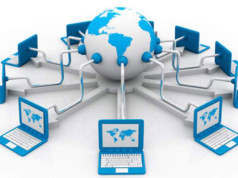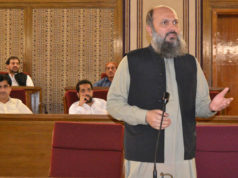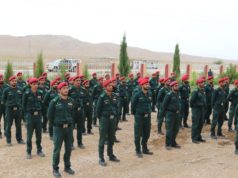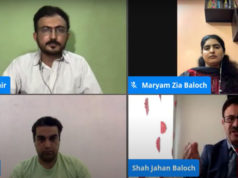Rafi Ullah
Pakistan is undergoing its worst economic crisis. Since independence economic crisis periodically visits Pakistan’s political economy. Each time the crisis has been managed through foreign loans, aid, and the International Monetary Fund (IMF) bailout. These ad hoc solutions didn’t help the economy in the long run rather hasten the next crisis. Last time, it was 2013 when Pakistan was bailed out by IMF by providing $6.6 billion to Nawaz Sharif Government. This time, it is Imran Khan who requested the IMF bailout to rescue the dwindling economy of the country from collapse. Despite the 2013 bailout, why Pakistan after just five years still moving heavens and earth for another IMF bailout? What is the burden on Pakistan’s economy?
Pakistan is referred by some scholars as reinter state because she sells her geo-strategic location and armed services to the international bidders. According to those scholars, Pakistan depends on the revenue generated from the bargain. Pakistan’s economy has performed well when her strategic location and armed forces had a significant role to play in international power politics. Pakistan’s annual GDP growth was above 6 percent during 1958-71, 1977-88, and 1999-2008. During all these three phases Pakistan has sold out its geo-strategic location to the United States of America. In return, the USA showered Pakistani rulers with the dollars. Washington’s dollars were pedaling the economy of Pakistan.
If we look at the history during the above-mentioned duration, we will come to the fact that during all these times USA needs an ally like Pakistan in the pursuit of its foreign policy. In the first phase 1958-71, Pakistan remained USA cold war ally to contain the expansion of communism. Pakistan signed security pacts with America like CENTO and SEATO. In the second phase of 1977-88, when USSR invaded Afghanistan under the Brezhnev doctrine, USA needed Pakistan to fight her war in Afghanistan against Russia. The third time, it was war on terror, in which again Pakistan’s role was inevitable. As long as Pakistan was serving the interests of America, the latter continued to abet the former both fiscally and militarily. As a result, Pakistan’s economy was good because of the inflows of external capital.
This explicates the reason why Pakistan performed economically well under military rule and bad under civilian leadership. Whenever a democratic government is installed, the country has faced a monetary crisis. Whether it was during the democratic phase of 1988-1999 or it is the incumbent phase since 2008. Economic sanctions were imposed upon Pakistan in 1990s because of the pursuit of the Islamic bomb. After the 2008, Pakistan’s significance reduced because of America’s decision to withdraw from Afghanistan. Second, President Trump accused Pakistan of playing bluff with America during this all period of war against terror by distinguishing between good and bad Taliban. Trump even demanded the return of 33 billion dollars which Washington has granted to Pakistan for purging the menace of terrorism, the job unfulfilled.
Pakistan needs to develop a self-perpetuating economic infrastructure to sustain its economy. Foreign loans and IMF bailouts only aggravate the problem
America was the potential customer of Pakistan’s geo-strategic location. Now America has no threatening “Other” for which Pakistan might prove worth-helping. Second there is also no one else like USA to purchase Pakistan’s geostrategic location. As a consequence, Pakistan’s lost her geostrategic importance in the eyes of men setting in white house. Which in turn implies the lack of financial and military assistance to Islamabad. China sees Pakistan geo-strategic location important for her Belt and Road initiative but unlike USA, she is not willing to grant Pakistan huge sum of aid.
Moving towards the second question pertaining to burden on Pakistan’s economy is her defense budget and worsening relation with India – a potential trade partner. Both are interdependent. The increased defense budget is because of the animosity with Hindu India, and it is this rivalry which has created bad blood between the two neighboring states. Whenever the civilian government tries to develop cordial relation with India, defenders of the state raise frown. It is the security institutions which cash the Pak-India adversary. One of the major barricades which has prevented the functioning of South Asian Association for Regional Cooperation (SAARC), is the Indo-Pak acrimonious relation.
Pakistan’s current defense budget is 4 percent of GDP. In enmity against India, Pakistan is involved in arms race. Billions of rupees are spent on the making, purchasing and sustenance of highly sophisticated weapons. The report released by the Stockholm International Peace Research Institute (SIPRI), Pakistan’s military is the 20th largest spender globally with 11.4 billion dollars expenditure. According to the founding father of Singapore, Lee Kuan Yew, “the Pakistanis are a hardy people with enough of talented and well-educated to build a modern nation. But unending strife with India has drained Pakistan’s resources and stunted its potential”.
Pakistan needs to develop a self-perpetuating economic infrastructure to sustain its economy. Foreign loans and IMF bailouts only aggravate the problem. These assistances are not without any cost but with huge baggage of conditions and interests. Debt-servicing trap compelled Pakistan to allocate huge share of revenue for debt repaying and servicing. Pakistan must develop friendly relations with her neighboring states mainly India and Afghanistan. The former is a potential trade partner, while, the latter is good passage to Central Asian states. Trade centric policies must trump security-centric ones. Last but not the least important is curtailing of defense budget.
The writer is a student of Political Science at Quaid-e-Azam University Islamabad.
Disclaimer: Views expressed in this article are those of the author and Balochistan Voices not necessarily agrees with them.
Share your comments!


